Eastern North Dakota
Brain McNamee
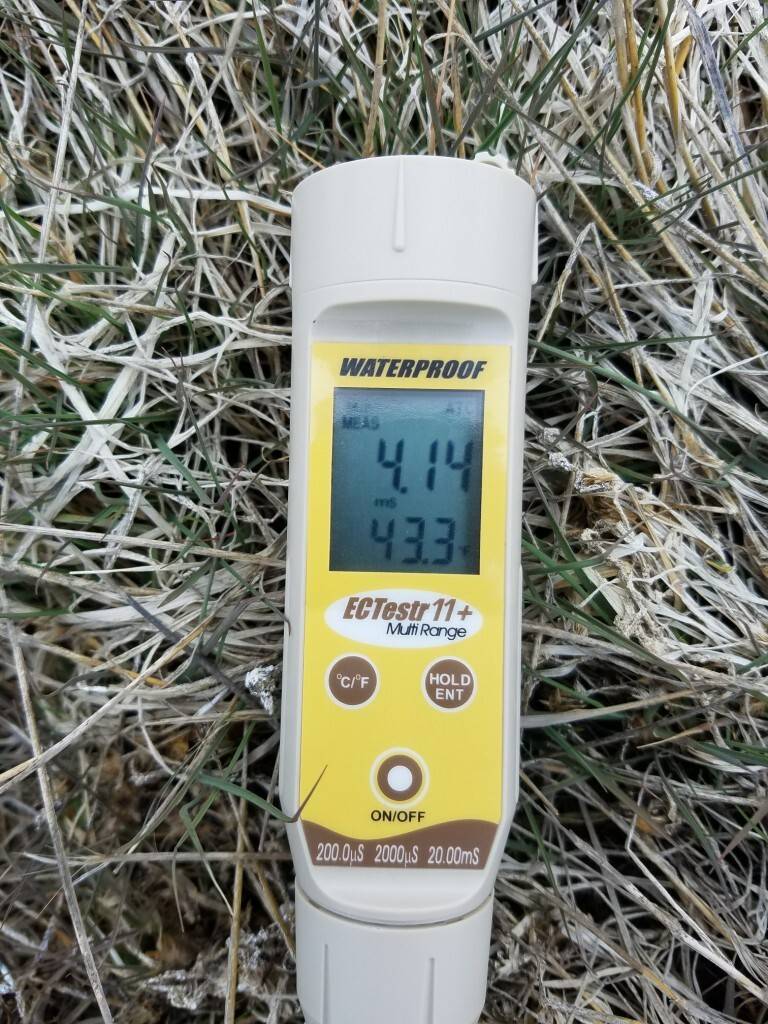
- LH 9300 ST salt tolerant alfalfa
Southeast North Dakota
Gary Geske
Temperatures around Enderlin, North Dakota reached 50 degrees, but a cold front moved in Saturday night. Snow fell across parts of northern Minnesota and the Dakotas, so it’s not planting weather here now. Mostly small grains have been planted. Soil temperatures need to rise and fields need to dry before corn planting gets underway.
Northeast South Dakota
James Keltgen
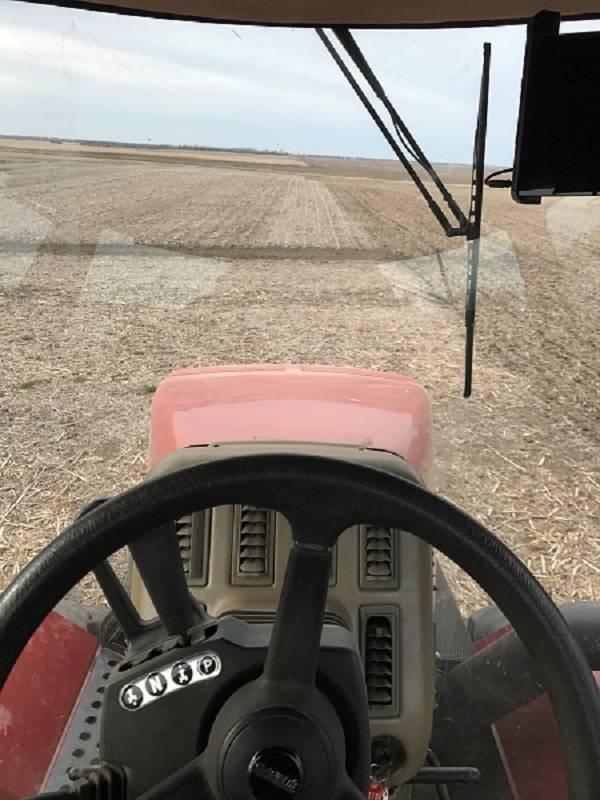
Southeast South Dakota
Ramie Coughlin
When it 37 degrees and overcast on the prairie, the seed sits safely in the shed.
Northern Minnesota
Ken Highness
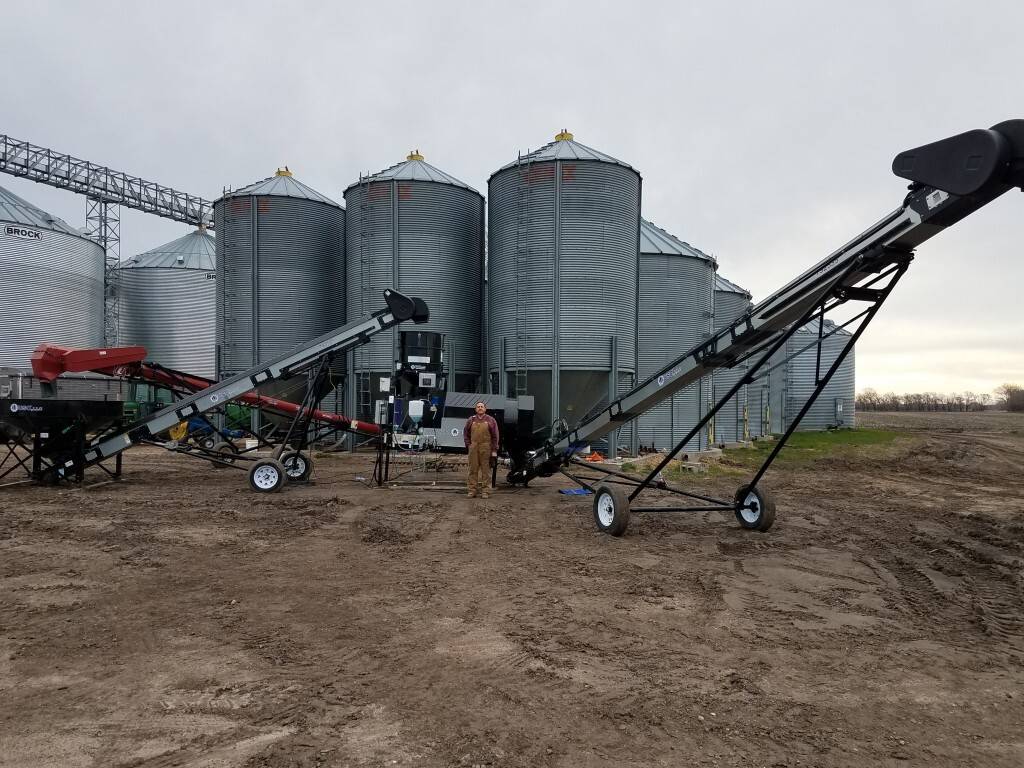
Southern Minnesota
Brandon Wendlandt

Southern Wisconsin
Greg Mair
In northern Wisconsin, farmers are waiting for the cover crops to be sprayed before they begin planting. This farmer experimented with multiple ways to seed cover crops in 2016. He seeded this rye with an airplane into standing soybeans about 2-3 weeks prior to harvest. Now that the soil has dried, spring fieldwork is underway and the first Latham corn plot has been planted south of Monroe, WI!
Northwest Iowa
Darin Chapman
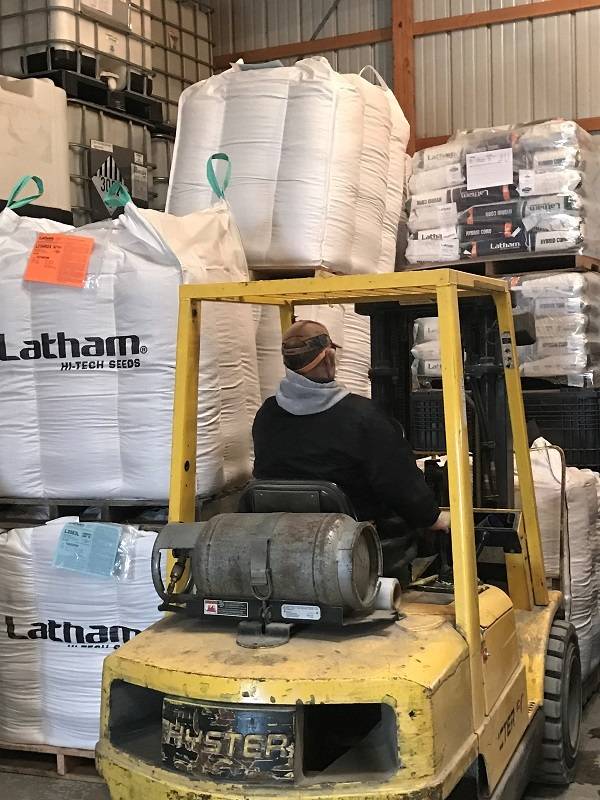
South Central MN & North Central IA
Cory Greiman
Pictures above display soil temperatures dropping at a rapid pace.
Southeast Minnesota & Northeast Iowa
Craig Haaland
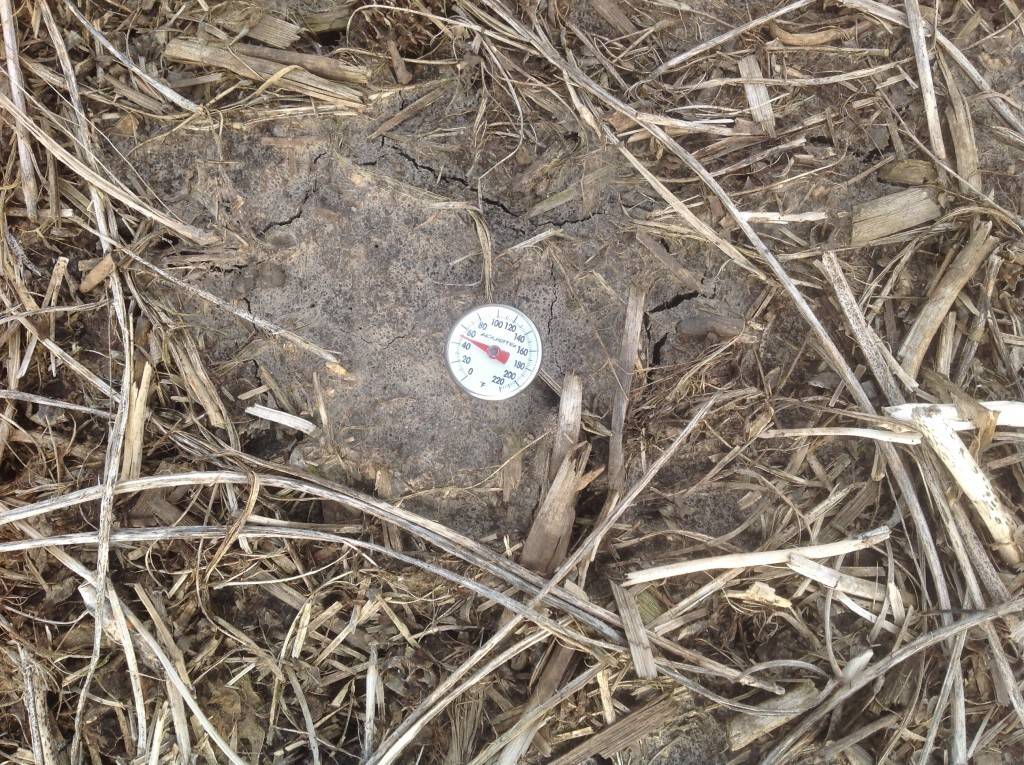
Eastern Iowa
Jerry Broders
#Plant17 is taking place in Eastern Iowa! In addition to fieldwork, new this week is a 14 hybrid plot put in by Iowa City.
West North Central Iowa
Bart Peterson
When the calendar pages turn toward the end of April and seed corn is sitting in the shed, many farmers feel anxious about getting seed in the ground. Yields will be better when seed is planted into warmer soil at a later planting date than they will be if soil temperatures drop and cold rains fall shortly after planting. The biggest threat of imbibitional chillingis 24 to 48 hours after planting. When seed absorbs water colder than 50 degree F, loss of seed vigor and death may result.
Central Iowa
Bryan Rohe
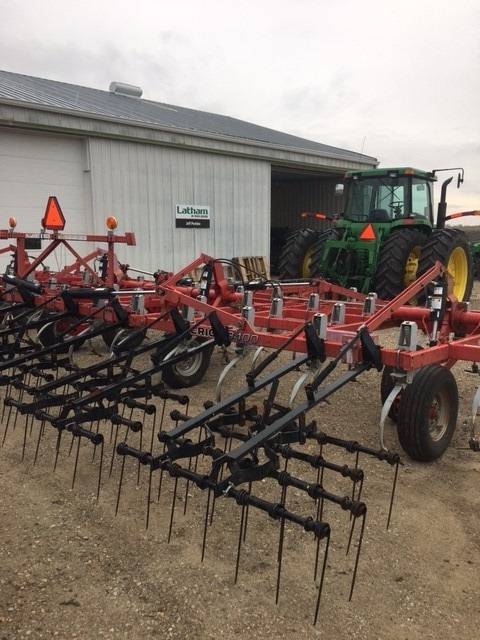
Western Iowa & Eastern Nebraska
Larry Krapfl

